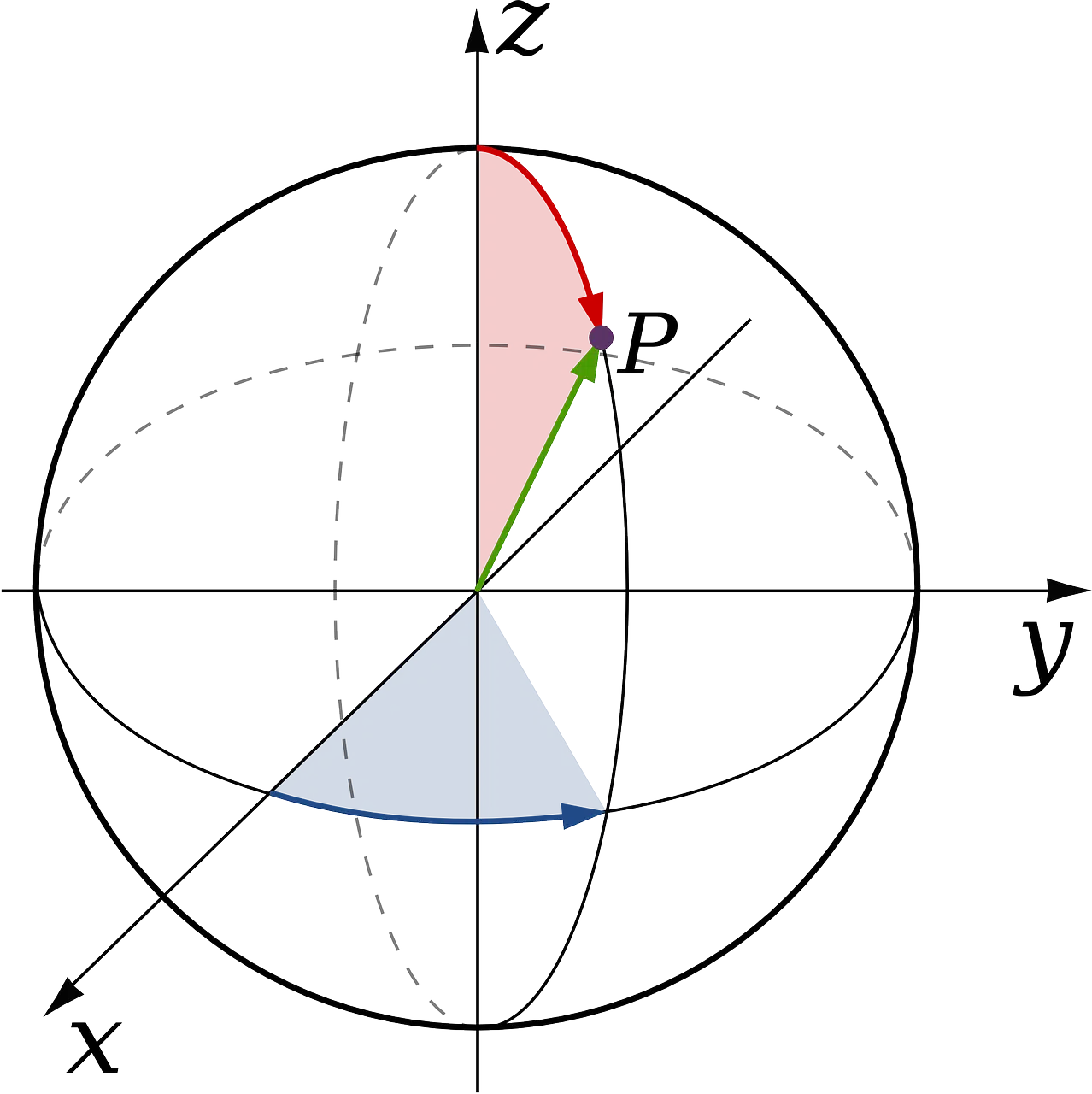
Analytical geometry studies figures based on a coordinate system.
Analytical geometry is a discipline that proposes analyzing figures based on a coordinate system and using methods typical of mathematical analysis and the field of algebra. It is important to indicate that geometry is the branch of mathematics that has as its object of study the proportions and singularities of different figures located in a plane or in space, it is defined as.
This discipline , according to experts, appeals to axiomatic systems in order to represent reality ; In this way, it uses mathematical structures based on symbols that allow it to develop chains that, in turn, are linked through certain rules and generate new chains.
Origin of analytical geometry
When it comes to establishing the origin of analytical geometry, there are still many discussions among mathematicians and historians because some attribute its paternity to one scientist and others do so to a different one. However, what is true and indisputable is that there are three historical figures who were the first to use and develop it in one way or another.
One of them was the Persian mathematician and astronomer Omar Jayam (1048 – 1131). He carried out a series of works that would become fundamental in this scientific area and that would serve as pillars for the development of subsequent theories. Among those are, for example, "Dissertation on a possible proof of the parallel postulate" or "Thesis on proofs of algebra" .
From these texts made by said Persian author it seems that the French scientist René Descartes (1596 – 1650) could have “drank” who is another of the key figures in the origin of analytical geometry and many authors rule that he is the father of it. Thus, among his main contributions would be the so-called Cartesian axes and among his most influential works is, for example, "Geometry" .
Along with these two important figures, we must not overlook the French mathematician Pierre de Fermat (1601-1665), also known as Eric Temple Bell . He is considered the discoverer of the fundamental principle of analytical geometry and has gone down in history not only for this but also for his theory of numbers.

Analytical geometry is a branch of geometry.
Study object
Analytical geometry aims to obtain the equation of coordinate systems based on their geometric locus. On the other hand, this discipline allows us to determine the geometric location of the points that are part of the equation of the coordinate system.
A point on the plane that is part of a coordinate system is determined by two figures, which are called the abscissa and ordinate of the point. In this way, it is achieved that all points on the plane are represented by two ordered real numbers and vice versa (that is, every ordered pair of digits is related to a certain point on that plane).
These characteristics allow the coordinate system to establish a correspondence between the geometric concept of points on the plane and the algebraic concept of ordering pairs of numbers , laying the foundations of analytical geometry.
Thanks to this relationship, it is possible to determine flat geometric figures through equations formulated with two unknowns.
